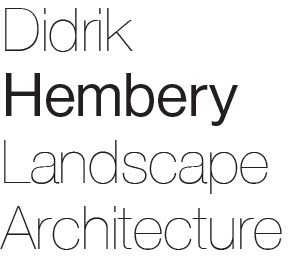Reindeer grazing during the spring within the walls of the garden.
The electrification of Melkeøya will mean an increase in windpower in Nothern Norway.
because of the wind turbines limiting lifespan. When the time has passed, the wind power plant
can either be improved or the area can be returned to its original state.
rehabilitation on a cultural and ecological level.
Using long term natural processes as a basis for design. 100 years after the wind turbines are discontinued:

Site before human intervention

Site used for windpower

First stage of repair (2037)

Second stage of repair (2087)

Final stage of repair (2137)
The site through a 100 year period.





Site 1

Site 4

Site 7
The plants within the gardens can have benifits for both reindeer and humans.



















